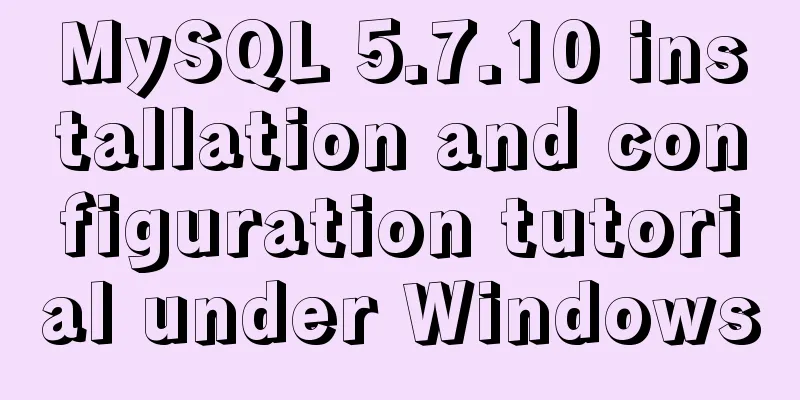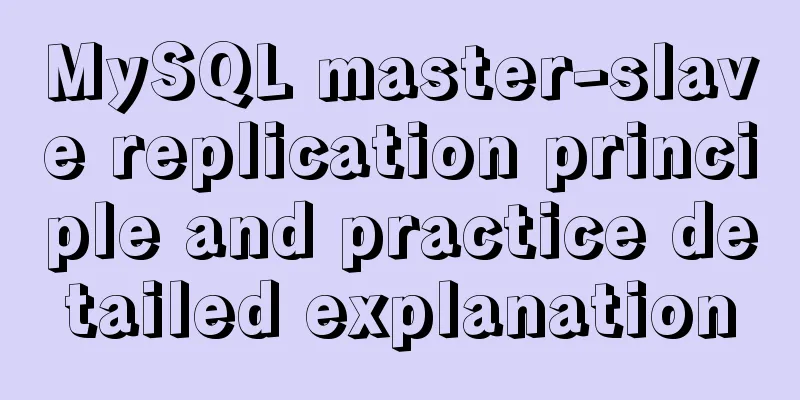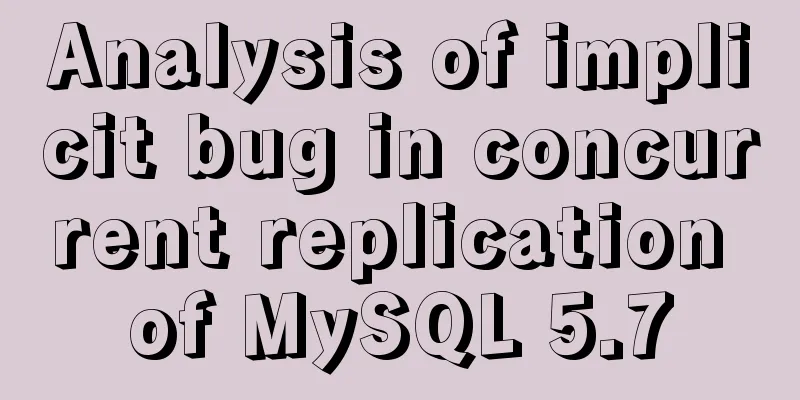Solve the problem that docker installation is completed and reported: bridge-nf-call-iptables is disabled

|
After the docker installation is completed on the centos machine, enter the docker info command and the following warning information will be reported: 1) The warning message is as follows:
2) Solution: Modify the system file to enable the machine bridge mode Set the machine to execute the following two commands when it starts Edit vim /etc/rc.d/rc.local and add the following two commands
CentOS 7 needs to increase execution permissions:
3) Restart the system Additional knowledge: Several ways to restart Kubernetes Pod Preface When using docker, we can use docker restart {container_id} to restart the container, but there is no restart command in kubernetes (no kubectl restart {podname}). Sometimes our Pod terminates unexpectedly due to a bug, causing us to need to restart the Pod, but there is no good way, especially without a yaml file, so I have summarized the following ways to restart the Pod. Method 1 There are latest yaml files. If there is a yaml file, you can directly use kubectl replace --force -f xxxx.yaml to force the replacement of the Pod's API object to achieve the purpose of restart. as follows: [root@test-129-70 viua]# kubectl replace --force -f viua.yml namespace "viua" deleted service "viua-app-cms" deleted deployment.apps "viua-app-cms" deleted service "viua-app-command" deleted deployment.apps "viua-app-command" deleted service "viua-show-service" deleted deployment.apps "viua-show-service" deleted service "viua-skills-service" deleted deployment.apps "viua-skills-service" deleted namespace/viua replaced secret/xa-harbor-ca replaced service/viua-app-cms replaced deployment.apps/viua-app-cms replaced service/viua-app-command replaced deployment.apps/viua-app-command replaced service/viua-show-service replaced deployment.apps/viua-show-service replaced service/viua-skills-service replaced deployment.apps/viua-skills-service replaced Method 2 There is no yaml file, but a Deployment object is used.
[root@test-129-70 pvd]# kubectl get deploy -n viua NAME READY UP-TO-DATE AVAILABLE AGE viua-app-cms 1/1 1 1 48m viua-app-command 1/1 1 1 48m viua-show-service 1/1 1 1 48m viua-skills-service 1/1 1 1 48m [root@test-129-70 pvd]# kubectl scale deploy viua-app-cms --replicas=0 -n viua deployment.apps/viua-app-cms scaled [root@test-129-70 pvd]# kubectl get deploy -n viua NAME READY UP-TO-DATE AVAILABLE AGE viua-app-cms 0/0 0 0 49m viua-app-command 1/1 1 1 49m viua-show-service 1/1 1 1 49m viua-skills-service 1/1 1 1 49m [root@test-129-70 pvd]# kubectl get po -n viua NAME READY STATUS RESTARTS AGE viua-app-command-95f7b6f7f-rb7mh 1/1 Running 0 49m viua-show-service-85565b9dcf-ss8qp 1/1 Running 0 49m viua-skills-service-65447f9b94-fhqhr 1/1 Running 0 49m Because the Deployment object does not directly control the Pod object, but the ReplicaSet object, and the ReplicaSet object is composed of the definition of the number of replicas and the Pod template. So this command scales the number of ReplicaSets to 0, and then scales it back to 1, and then the Pod is restarted. Method 3 There is also no yaml file, but a Deployment object is used. Use the command kubectl delete pod {podname} -n {namespace} This method is very simple and crude. Just delete the Pod. Because Kubernetes is a declarative API, after deletion, the Pod API object will be inconsistent with the expected one, so the Pod will be automatically recreated to keep it consistent with the expected one. However, if there are many Pod objects managed by ReplicaSet, it will be troublesome to delete them one by one manually. Therefore, you can use the kubectl delete replicaset {rs_name} -n {namespace} command to delete ReplicaSet. Method 4 There is no yaml file, the Pod object is used directly. Use the command kubectl get pod {podname} -n {namespace} -o yaml | kubectl replace --force -f - In this case, since there is no YAML file and the Pod object is started, it cannot be deleted or scaled to 0 directly, but it can be restarted using the above command. This command means get the YAML declaration of the currently running pod and redirect the output to the standard input of the kubectl replace command to achieve the purpose of restarting. Summarize We can restart objects in many ways. In general, the most recommended way is to use kubectl get pod {podname} -n {namespace} -o yaml | kubectl replace --force -f - because it is applicable to many objects. In addition, restarting the Pod will not fix the bug in the running program. If you want to solve the unexpected termination of the program, you still have to fix the bug in the end. The above article on solving the problem of docker installation completion reporting: bridge-nf-call-iptables is disabled is all the content that the editor shared with you. I hope it can give you a reference. I also hope that you will support 123WORDPRESS.COM. You may also be interested in:
|
<<: Beginners learn some HTML tags (2)
>>: How does MySQL achieve master-slave synchronization?
Recommend
How to use type enhancement without typingscript
Preface Due to the weak typing of JS, loose writi...
A detailed tutorial on using Docker to build a complete development environment
Introduction to DNMP DNMP (Docker + Nginx + MySQL...
Using Vue3 (Part 1) Creating a Vue CLI Project
Table of contents 1. Official Documentation 2. Cr...
Summary of related functions for Mysql query JSON results
The JSON format field is a new attribute added in...
Appreciation of the low-key and elegant web design in black, white and gray
Among classic color combinations, probably no one...
Detailed explanation of the idea of distributed lock in MySQL with the help of DB
Preface Whether it is a stand-alone lock or a dis...
Installation and daemon configuration of Redis on Windows and Linux
# Installation daemon configuration for Redis on ...
VMware15 installation of Deepin detailed tutorial (picture and text)
Preface When using the Deepin user interface, it ...
Example of using Dockerfile to build an nginx image
Introduction to Dockerfile Docker can automatical...
Detailed explanation of Getter usage in vuex
Preface Vuex allows us to define "getters&qu...
MySQL trigger usage scenarios and method examples
trigger: Trigger usage scenarios and correspondin...
Example code for evenly distributing elements using css3 flex layout
This article mainly introduces how to evenly dist...
Linux system prohibits remote login command of root account
ps: Here is how to disable remote login of root a...
Detailed explanation of CSS pre-compiled languages and their differences
1. What is As a markup language, CSS has a relati...
How to modify the length limit of group_concat in Mysql
In MySQL, there is a function called "group_...









